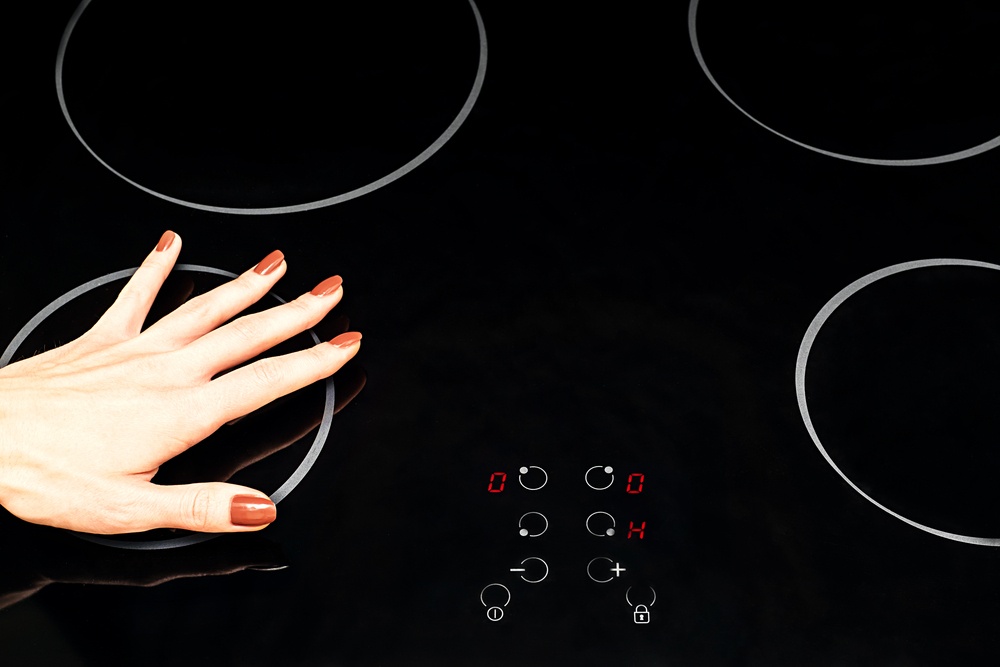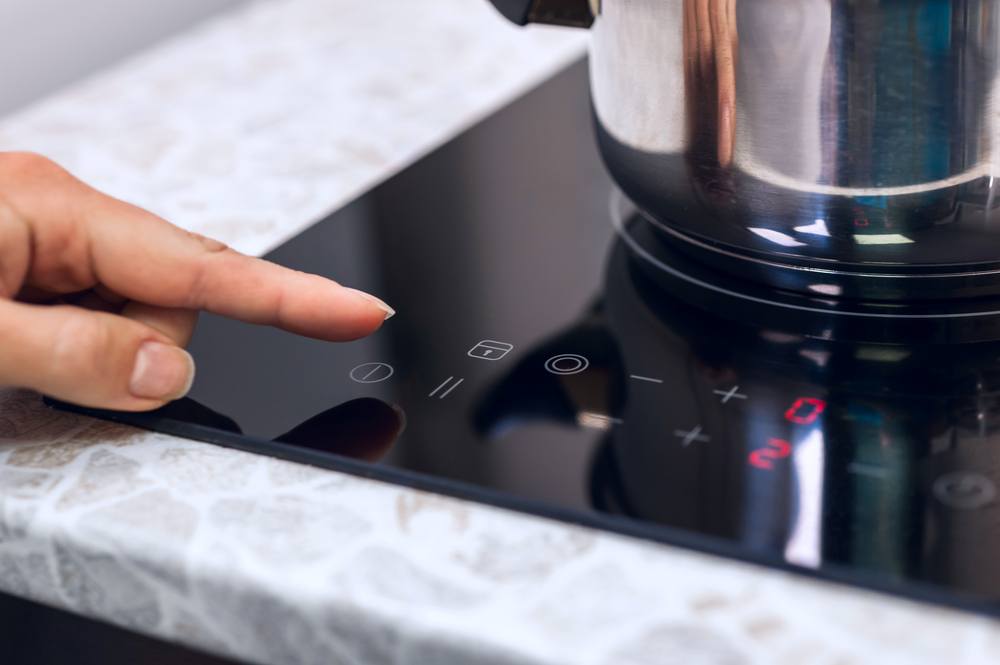Induction cooking is increasingly becoming popular in households. In the euphoria of its arrival, people need to know how to tell if cookware is induction ready. You won’t be guessing again after reading this post. But before we dive in, let’s look at some frequently asked questions about induction cooking.
Contents
- What is induction cooking?
- What does it mean to be induction ready?
- Is induction cooking safe?
- How high can temperature get in induction cooking?
- Is there any advantage in induction cooking?
- Which cookware is suitable for induction cooking?
- What is the difference between an induction cooker and an electric stove?
- What should I consider before buying cookware for induction cooking?
- How to tell if cookware is induction ready?
- Conclusion
What is induction cooking?
We can classify the forms of cooking according to the source of the heat for cooking. Electric cooking and gas cooking are the common types of cooking. In recent years, induction cooking has taken a central stage among these forms.
As the name implies, it refers to transferring heat to cookware through electromagnetic induction. In simpler terms, heat is generated through electromagnetic processes and also transferred to cookware with magnetic properties. The cookware, in turn, heats the content in it for cooking.
In short, induction cooking uses electromagnetic induction as an alternative source of heat for cooking.

What does it mean to be induction ready?
Induction ready meaning is far fetched. To be induction ready is another word for saying cookware is induction compatible. A cooking pot and other vessels must fulfill the criterion of having at least a base with iron and magnetic properties. Hence, once a vessel has these properties, we refer to it as being induction ready.
Is induction cooking safe?
Induction cooking has some safety measures that other types of cooking may not feature. First, the cooker usually shut down on its own once there is no induction-ready pot on it. Again, there is no risk of explosions, electrocution, and burns.
The cooking method is direct. And it is the pot that will generate the heat it needs after being induced. So, you can’t accidentally set your house ablaze while using the induction cooking method.

How high can temperature get in induction cooking?
Induction cookers have different temperature levels. They can reach temperatures higher than 500oF. That becomes useful for hot food. However, the minimum is 100 oF.
Is there any advantage in induction cooking?
There are several advantages to using induction cookers. Among them is that it is relatively safer than most other types. No explosions, no electrification, and much more. You will find out more about the benefit of cooking with the induction method in this video.
Which cookware is suitable for induction cooking?
Not every cookware is suitable for induction cooking. Cookware made of cast iron, polish cast iron, and other hardened steel construction will typically work well with an induction cooker. However, stainless steel may not be best with an induction bottom and can be quite confusing. Knowing that it is a mix of metals, some of its components may deter it from being inductive.

What is the difference between an induction cooker and an electric stove?
An electric stove uses a form of radiation energy to cook the food. A coil is heated electronically, and it transfers the heat to the pot, which through conduction, heats its content. The source of the heat is electricity.
Meanwhile, induction stoves only generate the electromotive forces which induce the induction cookware. The cookware generates the heat for cooking from itself and not the cooktop. That is why it is referred to as a direct form of cooking.
What should I consider before buying cookware for induction cooking?
There are a few things you should put in mind before putting your cash down on any.
Ease of cleaning after use
For those who are tired of lubricating their wares before use, it would be wise to get non-stick ware for easy cleaning. You can check this post for the best cookware set. The regular types of wares would require considerable effort cleaning under the same condition.
That is not to say the regular ones are no good. Manual lubrication would still attain the same result. Besides, the non-stick coating can wear out if not properly managed, affecting the cookware efficiency.
Handles of the cookware
Induction cookware usually attains a very high temperature. Their handles must be heat resistant to offer a safe place for holding. Meanwhile, it must also have a secure hold on the wares to prevent any form of accident.

Cookware lid
The importance of the lid of cookware cannot be overemphasized. It is single-handedly keeping the steam within the vessel. That results in much pressure, which is useful for making food get ready on time. Pots and pans with tight-closing lids should be a top priority when choosing your cookware for induction cooking.
Material for construction
Most cookware makes use of several kinds of materials ranging from metals to non-metals to achieve some balance. Whatever material the manufacturers have used, they must be durable and highly conductive and not wanting aesthetically.
Stainless steel material does not affect the taste of the content. In essence, you get the expected flavor from the food. Moreover, it has a shiny natural appearance which is aesthetically plausible. It is good for everyday use.
Regardless of the material construction, you can be sure that you’ll have a better experience if aluminum is used for making the base. Aluminum is excellent in the conduction of electricity. Other materials like cast iron will serve well, but aluminum is the king of cookware metals when it gets to this matter. You can learn a lot more about the effects of materials here.
Cookware Brand
McDonald’s is best known for its hamburgers, so some brands are also known for their excellent cookware. Such is their integrity that you can be sure of getting one that would satisfy you even at a random pick. Look out for some of the best brands available in this sphere to save you some troubles.
So, now that you have a clue about induction cooking, let’s dive into the real question.
How to tell if cookware is induction ready?
You can tell if your cookware is induction ready by doing few things. First, check if your pot, pan, or kettle has a flat base. Then, check the metallic quality of the cookware using a magnet. Induction-ready cookware will attract a magnet with considerable force. If the pull is weak, then the probability of it being induction ready is low. Also, if there is no magnetic pull at all, then there is no chance of your cookware being induction-ready.
Besides, you can also know if your cookware is induction ready by pouring water in it and then place it on an induction hob. There will be no reaction or heating if the cookware is not compatible with the induction cooking.
Lastly, the easiest method of all is by checking whether your cookware has an induction cookware symbol. The symbol always appears as a loop of four rings. Moreover, some cookwares also have the notation of ‘induction ready’ in them. So, if you haven’t noticed any of these on your cookware, then your cookware is not induction ready.

Conclusion
Using your cookware for induction cooking does not make it induction ready. To tell if your cookware is induction ready, carry-out the experiment mentioned in this article or check whether there is an induction-ready symbol on your cookware.

